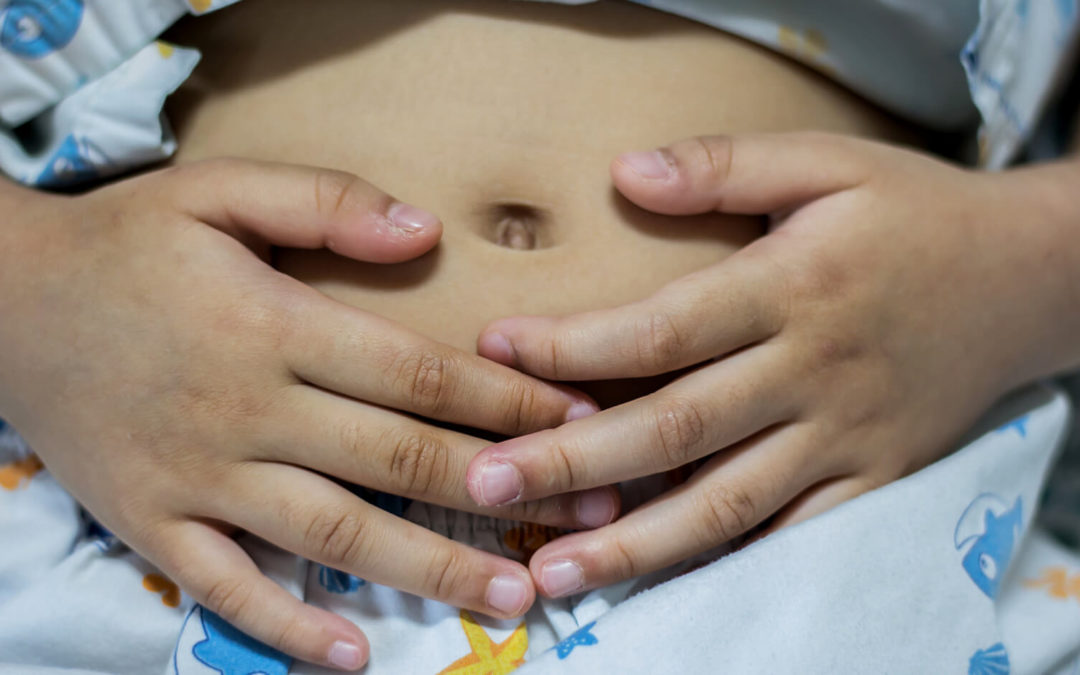Constipation is a common problem among children but can be a difficult for parents and children to discuss with their physician. We tend to see more constipation around when school starts, and I felt it would be good to discuss it now.
Constipation is a symptom of a larger problem and should be treated as such. Everyone has a different pattern of stooling, ranging anywhere from several times a day to once every few days. This makes it hard to define constipation based on how many days someone has gone without stooling. A better way to define constipation is having difficulty passing or passing hard painful stool.
The most common cause of constipation is functional constipation. Functional constipation is constipation without a problem in the intestinal tract. It is usually related to factors that slow the passage of stool out of the colon or to not having enough moisture in the stool.
The most common behaviors that lead to constipation are not taking in enough fiber, not drinking enough water, decreased activity, or holding stool when the urge to pass stool comes. The start of school can affect many of these factors, and this is probably why we seem more constipation this time of year.
Some children will complain of pain with stooling or of hard stools. More frequently they will be embarrassed and not talk about it or not know that it is abnormal to have hard or painful stools. A Gastroenterologist (stomach doctor) taught me in residency that many children do not realize they are constipated. He would often see patients with abdominal pain, bloating, or nausea as the main complaint, but the cause was constipation.
Treatment of simple constipation involves increasing activity, fluid intake, and fiber intake (fresh fruits and vegetables), and passing stool immediately when the urge is present. Getting children to eat fruits and vegetables can be difficult but should be encouraged. While we work on getting children to eat more fruits and vegetables, fiber can be supplied in a more palatable manor. Raisins in oatmeal cookies can provide extra fiber in a diet. Crackers, snack bars, and bread that are fortified with fiber can now be purchased at the local grocery store. Talking with teachers about the problem and allowing the children to have access to water and to the bathroom is important. Scheduled time after breakfast and the evening meal to attempt to stool also helps.
Many times a medication may be needed to help for a short time until the behavior changes prove effective. A discussion with your doctor may be needed to talk about what medicine would be best for your child. Functional constipation is not associated with any other symptoms and appears in otherwise healthy children. It is always a good idea to see your doctor when you’re concerned, as sometimes constipation may be a symptom of something more concerning.
On a final note, there is a more severe constipation called Encopresis. It is caused by chronic constipation dilating the colon. Symptoms of this include loose stools with intermittent passage of very large stools, soiling of the underwear, and intermittent abdominal pain. Encopresis is more difficult to treat then regular functional constipation. A long term approach with laxatives and close follow-up will help, but it may take several months for the colon to return to normal size. Children who are treated for this early do better, and the social problems associated with odor and stains can be avoided.

